The Ultimate Guide to Crafting a Unique Brand Identity for Your Retail Startup
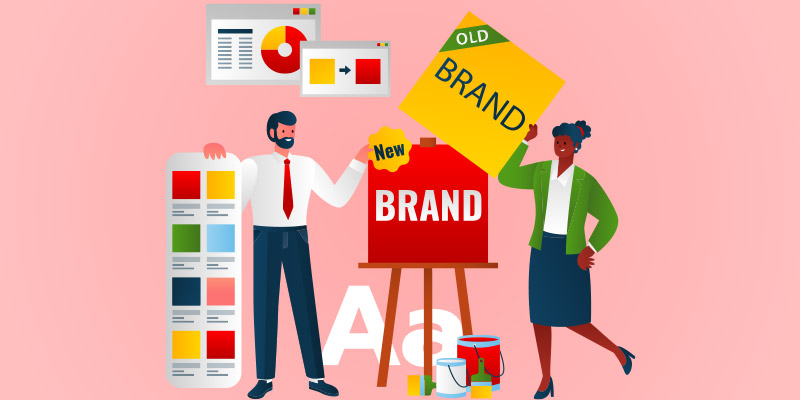
Featured Image: Freepik.com/freepik
The success of any business depends on the strength of its brand identity. It encompasses what people see and feel, making your business or brand unique from those around it and your competitors in general. If your brand is strong, you’ll either attract customers to your establishment or make them walk past and shop at one of your competitors.
Every brand strives to be relatable, high-quality, valuable, and consistent with its customers. This means you must develop a brand recognition mechanism that allows your customers to recognize your brand anytime.
Your goal should be to ensure that your branding is consistent across all your marketing channels with the same visual elements or messages. You can appeal directly to your customer’s emotions with a consistent look and feel. Meanwhile, inconsistency may undermine the trust of customers.
What is the best way to accomplish this? Below are a few tips on bringing your brand identity to your storefront to attract and retain customers. First, let’s start by understanding what retail branding is all about.
What is Retail Branding?
The purpose of retail branding is to create a strong impression of your store in the minds of your customers. As a business, it is your deliberate decision to evoke positive feelings or emotions with designs in logos for instance, so that your customers can view your business in a particular light.
An identity for a brand includes the following elements:
- Name of your company
- Logo design
- Your choice of colors and graphics
- Your advertising content
- The tone or language you use
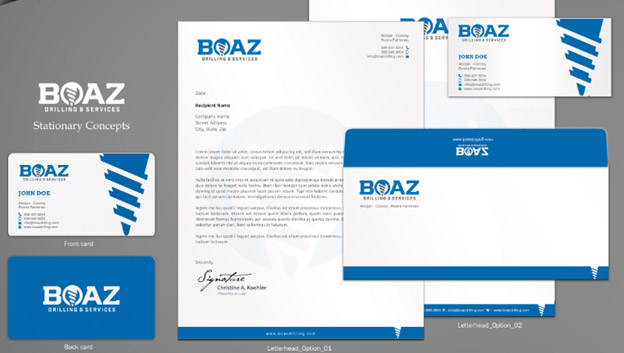
Image Source: zilliondesigns.com
Almost no brand has become recognizable overnight. Many popular ones spend considerable resources every year in crafting the image they wish to convey. You can also expand your brand’s meaning by consistently putting time and effort into it.
Why Does Brand Identity Matter For a Business?
Developing a brand identity can be an important step to improving your retail business. The ability to accomplish this will enable your business to reach new heights of success.
Researchers have shown that consumers will be willing to pay a higher price for a brand they love, which is one of the benefits of a professional brand identity for a small business or startup. Your business can increase its profits by focusing on an industry-specific marketing campaign.
The following are six components of a well-developed brand identity, along with reasons for their importance.
1. It is the “Face” of Your Business
Your brand’s logo is, in many ways, the face of your company. However, the logo has a much more important role in developing brand identity than being cool or interesting.
Doing so communicates to the public that this logo represents your company, its products/services are good, and customer service is extraordinary, so everyone should buy from them. It is a good idea to get company logos designed to represent your business in the best way possible.
2. Creates Trustworthiness and Credibility
Brand identity enhances your product’s functionality and your brand’s market authority.
Developing and maintaining a brand’s identity consistently over time is the key to establishing credibility among competitors and building customer trust.
3. Impressions of Advertising
There are many aspects of a brand identity, including the type of advertising you would use to promote your business, whether in print, online, or a preroll video on YouTube.
An organization with a name and industry credibility will have a better chance of promoting itself and making an impression on potential customers.
4. Describes the Organisation’s Mission
The identity of your brand serves as a symbol of what it represents. In turn, that will give your business a sense of purpose.
Almost every business has a mission statement, right? It’s only possible to have one by first giving your brand an identity of its own.
5. Helps in Attracting New Customers and Satisfying Existing Ones
Your brand’s identity should have a face, a mission, and trust so people can relate. The same brand identity, however, provides an emotional connection to these customers once they become customers. It is important to consider the importance of this in elements of design as well. For example, the role of emotional design in UX is quite extensive and impacts conversions in the long run too.
6. A Good Brand Creates It’s Advocates, Not Just Customers
It will require some effort if you wish to become a recognizable and beloved brand name. Building a brand identity can be accomplished by following the steps below. Implementing these steps is another matter entirely.
10 Ways To Craft Brand Identity Of Your Retail Store
Here are eight strategies to help you build a strong retail brand and five terrific examples of personalized retail shopping experiences.
1. Determine Your Target Audience
First and foremost, you must determine who your brand is for before you can determine how to develop it. Many brands often skip this step because it can be challenging to identify your target audience, but in reality, different people are responsive to different colors, tones, and aesthetics. When you begin by considering what your audience wants, you will be in a much better position to create a brand that resonates and engages.
Creating buyer personas is one simple method of identifying your target audience. A buyer persona describes your ideal customer in a general manner.
A profile should provide basic demographic information, such as an individual’s age, location, and income, as well as more detailed information, such as their political views, the use cases of their products, and any related brands they purchase.
Naturally, as your brand develops and you make more sales, you will learn more about your audience.

Image Source: training.georgiasbdc.org
2. Conduct a Competitive Analysis
Research your competitors to learn how to create a niche that will be unique. Develop strategies to capitalize on weaknesses such as market inefficiencies and underserved sectors to match your competitors’ strengths.
Examining other aspects of competitors’ brands, such as their websites, pricing, and voice, is also important. Effective SEO techniques can help generate steady organic traffic, and you can get a good idea of what topics to target by looking at the competing websites.
You can consider search engine optimization services to enhance your marketing strategy as well. Using keyword research tools, it is also possible to identify topics your competitors have not covered.
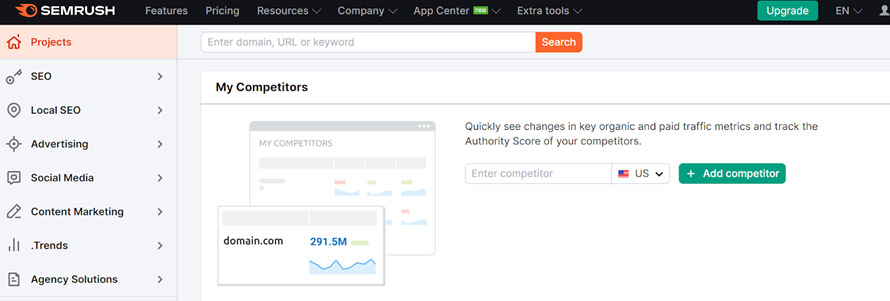
Image Source: semrush.com
3. Create a Clear Vision and Purpose for Your Brand
It is important to consider your brand’s position within your industry. Creating a mission or purpose statement is the first step towards determining your brand’s goals and how you wish to reach them.
Taking into account your business plan and core values, this statement will inform other branding activities.
If you struggle crafting one, the following questions will help you develop a mission statement for your business. As an example:
- What are the goals of your company?
- In what way does your product or service address a problem?
- What makes your company different from your competitors?
You should consider your mission statement primarily an internal communication document rather than a marketing campaign to reach the wider community. Creating a memorable mission statement can be done later, so invest only a little time in it.
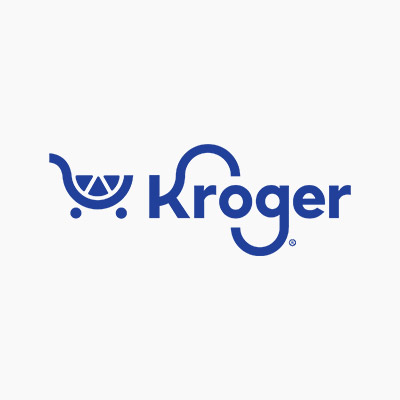
Image Source: wikipedia.org
According to Nike’s mission statement, the company’s slogan is “Just do it,” but its slogan is less flashy – “Transform athletes through inspiration and innovation.”. This purpose guides the company’s activities, from product development and marketing to sales and marketing.
4. Establish Your Brand’s Voice and Personality
Your brand’s personality plays an important role. Doing this lets you easily convey that your business is unique and will attract the customers you seek.
A brand’s voice must be consistent throughout its operations, including its website copy, social media profiles, and promotional emails. Every time your customers interact with your brand, they should hear your distinct brand voice and observe your personality.
Choosing the right voice for your organization depends on many factors, including your audience, mission statement, and industry. The Gen Z demographic, for example, uses a lot of slang, so if you want to reach them, you might want to consider incorporating that into your brand voice. Some notable examples of these are:
- Depop: A peer-to-peer social shopping app known for its sustainable and vintage fashion focus.
- Fashion Nova: An online fashion retailer that uses slang and social media engagement to resonate with Gen Z.
- Casper: A mattress startup that focuses on comfort and quality sleep. Their brand voice is friendly and approachable, connecting with a wide audience on social media platforms like Twitter/X and Instagram.
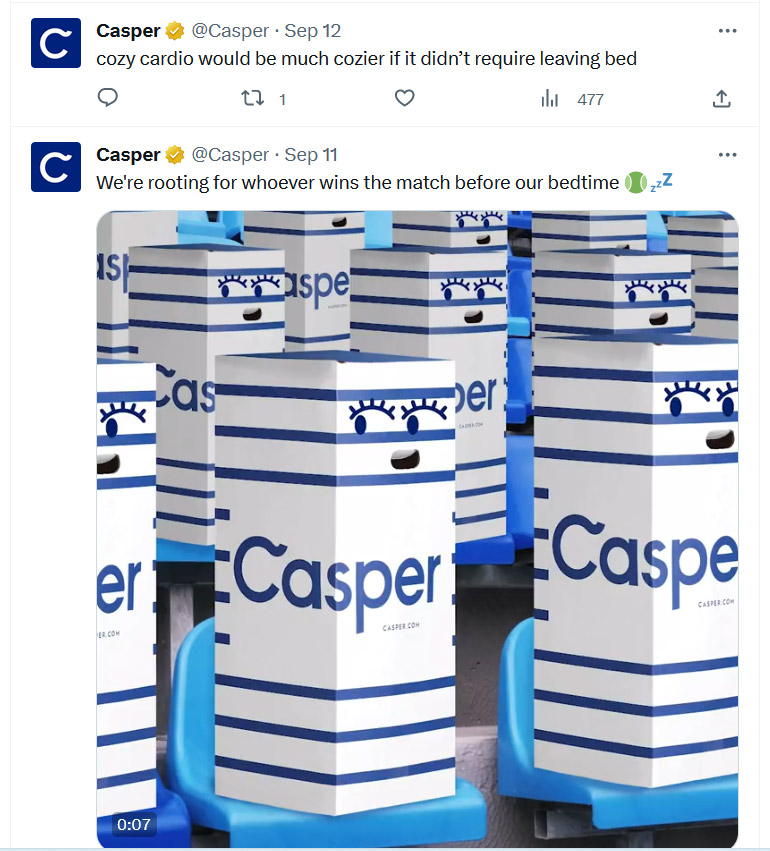
Image Source: twitter.com/casper
To find inspiration, research the personality types that appeal to your target audience. Identify your unique personality by reviewing five basic brand personalities.
- Feelings of excitement
- Honesty
- Adaptability
- Professionalism
- Sophistication
5. Decide on a Brand Name
It is crucial to choose the right name for your brand. A popular brand name is usually a short word or an abbreviation – either way, it is easy to remember and memorable.
Creating a brand name can be accomplished using some simple techniques.
- Words that are made up, such as Adidas
- Mythological characters like Nike – a Greek god
- Identifying a credit or debit card brand with words or phrases like Mastercard
- Combinations of words such as Facebook
- Alternate words like Tumblr
Search for the name on Google and similar variants to ensure you won’t face too much competition. Choosing a name that resembles a competitor’s name can lead to a loss of traffic to your site and a gain to theirs.
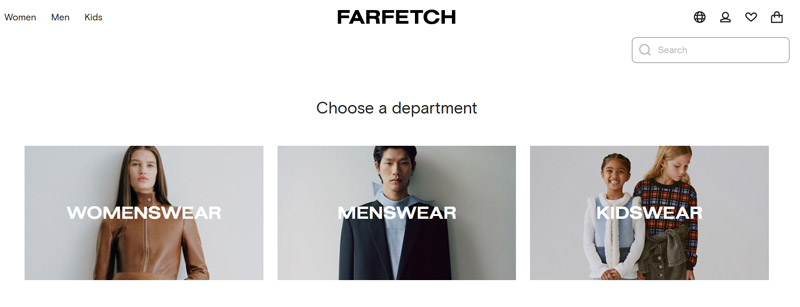
Image Source: farfetch.com
6. Come Up With a Slogan
It is essential to have a strong slogan. This phrase should be brief but descriptive so that it can easily be integrated into a wide variety of spaces, including your social media bio, the header of your website, your email signature, etc.
Ultimately, your slogan should be memorable and concise while keeping with the overall branding strategy for e-commerce or any other industry. The conflict between your slogan and the rest of your branding can be confusing to customers, no matter how catchy and memorable it is.
The creation of a slogan has no definitive criteria other than being concise and impactful; however, below are some approaches you may find helpful.
- Consider using a metaphor. Everlane, a clothing and accessories retailer, combines “ever” and “lane” to create a metaphor that suggests a continuous journey or path to transparency and ethical fashion practices.
- Achieve a certain attitude. A Toyota commercial featuring the slogan, “Let’s go places”, captures the adventurous spirit of the company’s consumers.
- Describe the work you do. Warby Parker: “Eyewear with a Purpose” – Warby Parker’s slogan emphasizes their commitment to providing high-quality eyewear while also addressing social issues by donating a pair of glasses for every pair sold.
- Emphasize your strengths. Using Rothy’s “Reduce your carbon footprint in style” campaign, Rothy’s seeks to educate the eco-conscious buyer about its brand’s two advantages – environmental protection and style.
- Consider creating a catchy rhyme or phrase. With its “The quicker picker upper” advertisement, Bounty claims that its paper towels are more absorbent than others.
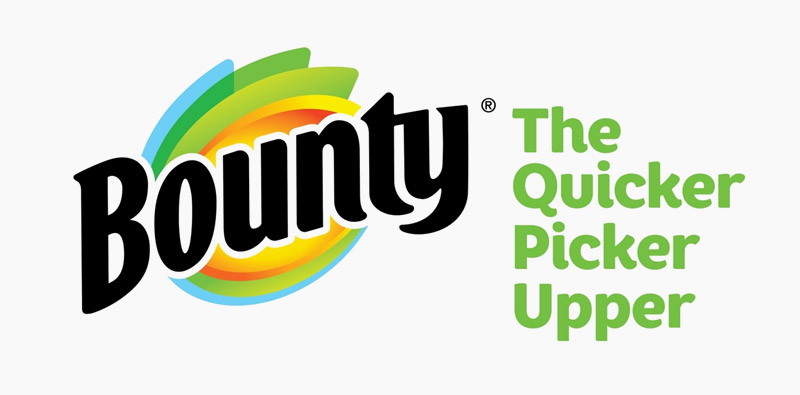
Image Source: businesswire.com
It is possible for your slogan to change, as opposed to a brand name. Adjust your slogan according to what resonates with your target audience during your engagement with your target audience. Since Wendy’s has been in business for decades, they have changed their slogan several times.
In 1984, they launched the campaign “Where’s the beef? ” which was a big success. Following this, the company tried “Give a little nibble,” but it failed and switched focus to extolling the benefits of using “never-frozen” patties.
7. Design A Versatile Symbol for All Mediums
Your brand’s logo is one of the first things people will notice about you. Your brand’s logo is its face, so make it as appealing as possible.
There are several things to consider when designing a logo since it often incorporates various visuals. Three essential design elements are involved in creating a logo: the color palette, your choice of typography, and the imagery.
A. Color
There are several ways in which colors can convey a specific message in branding. If you are designing your logo or brand, consider the psychological effects of color. Learn color theory to help you discern what your brand should represent and how it should affect people.
B. Font
Select a font that reflects the personality and voice of your brand. As much as color and image communicate brand identity and tone, fonts also communicate brand tone. When a font is bold and wide, it implies strength and power. There is a common perception that serif fonts have an authoritative tone. Your brand can appear more playful when you use a script font.
If you incorporate text into your logo, ensure it is easy to read, even when the platform or material dictates the size or color.
C. An image
In general, most brands use a few types of images as logos. Your business and marketing goals should dictate what image you choose.
- A mascot is generally the face of a person or an animal embodied. Using this type of logo will allow customers to connect with a business more personally. A red, pigtailed, freckled girl represents Wendy’s.
- An emblem, such as the Starbucks Siren, is usually circular and contains text and imagery.
- A logo of abstract elements emphasizes color and shape rather than meaning – meaning emerges only after consumers become familiar with the other elements. One of the best examples of this type of logo is the Google logo.
- A monogram, also known as a lettermark, represents a brand by combining one or more letters from the name. Louis Vuitton, the luxury fashion brand, features the iconic “LV” monogram in its logo. This monogram is synonymous with the brand’s high-end leather goods and fashion items.
- A wordmark consists only of a company’s name, without additional symbols or mascots. A logo of this type, such as that of Coca-Cola, focuses on typography and color elements. Zara’s logo uses a minimalist, uppercase “ZARA” in a clean and elegant font. The simplicity of the wordmark reflects the brand’s focus on fast fashion and affordable style.
- An icon represents a brand visually. The Twitter bird symbolizes tweets posted on the social media site. A Burger King icon depicts the words rather than meat between two buns in the shape of a burger.
- A combination logo combines more than one type, such as text and an image or icon. Ideally, this solution would be suitable for brands who feel that one logotype is as necessary to their identity as the next. When Domino’s Pizza first introduced its logo, it combined an icon and a wordmark.
- When branding, draw inspiration from something familiar and make something unique and easily recognizable. In most American shoppers’ minds, Target is associated with the bold, red bullseye. On a literal level, the logo represents the brand.

Image Source: facebook.com/homedepot

Image Source: marketwatch.com
8. Make Your Brand a Part of Your Business
Your brand should be incorporated coherently throughout your organization once the foundation has been laid.
Establish a style guide to ensure consistent voice and presence across your channels. Establish a reference for the sound, look, and feel you want your brand to possess. You must communicate your brand personality through social media posts, marketing campaigns, and website design.
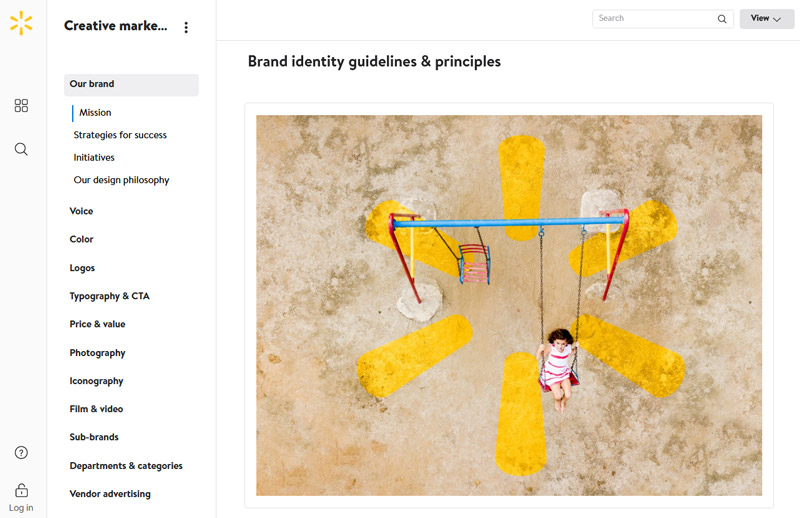
Image Source: walmartbrandcenter.lingoapp.com
9. Be Aware of Trends and Adapt Accordingly
Consumers, especially those of a younger age, can be influenced by trends. There are a variety of trends that influence Gen Z and Millennials, such as styles, colors, and music. Understanding and adjusting your business to trends is essential if you wish to grow your retail business.
For example, it is a good idea to get inspiration from web designs in 2024 to create a modern and minimalist web page for your business that appeals to younger consumers too. It is common for businesses to fall behind when they ignore trends.
10. Hire a Team That is Supportive of Your Brand
If you own a retail business, hiring support staff to help you run the business is crucial. There are several key characteristics of an excellent support staff.
First and foremost, they must be capable of working under pressure. They must be capable of quickly resolving problems. Their reliability and trustworthiness must be assured.
Their job is to understand what the customers need and want. Their knowledge of the product and industry is essential.
Customers should be able to receive advice from customer support employees who are knowledgeable and capable. They cannot provide advice if they do not have experience with the product. Staff members must be able to identify customer needs and desires since your business may be the only source of information.
Conclusion
There is something about the most successful brands that makes them stand out. Their defining characteristic is their ability to know what makes them different. Business owners can define their identity through their products and services and branding strategy or leave it up to the marketplace to decide.
The concept of creating a brand should be distinguished from the concept of maintaining a brand. It is difficult to distinguish between these two types of organizations, especially for new, small, or startup firms.
We hope this article provides you with the best insight on starting your business’s brand identity and what important steps are involved. Standing out in the marketplace will take some time, so be patient.


